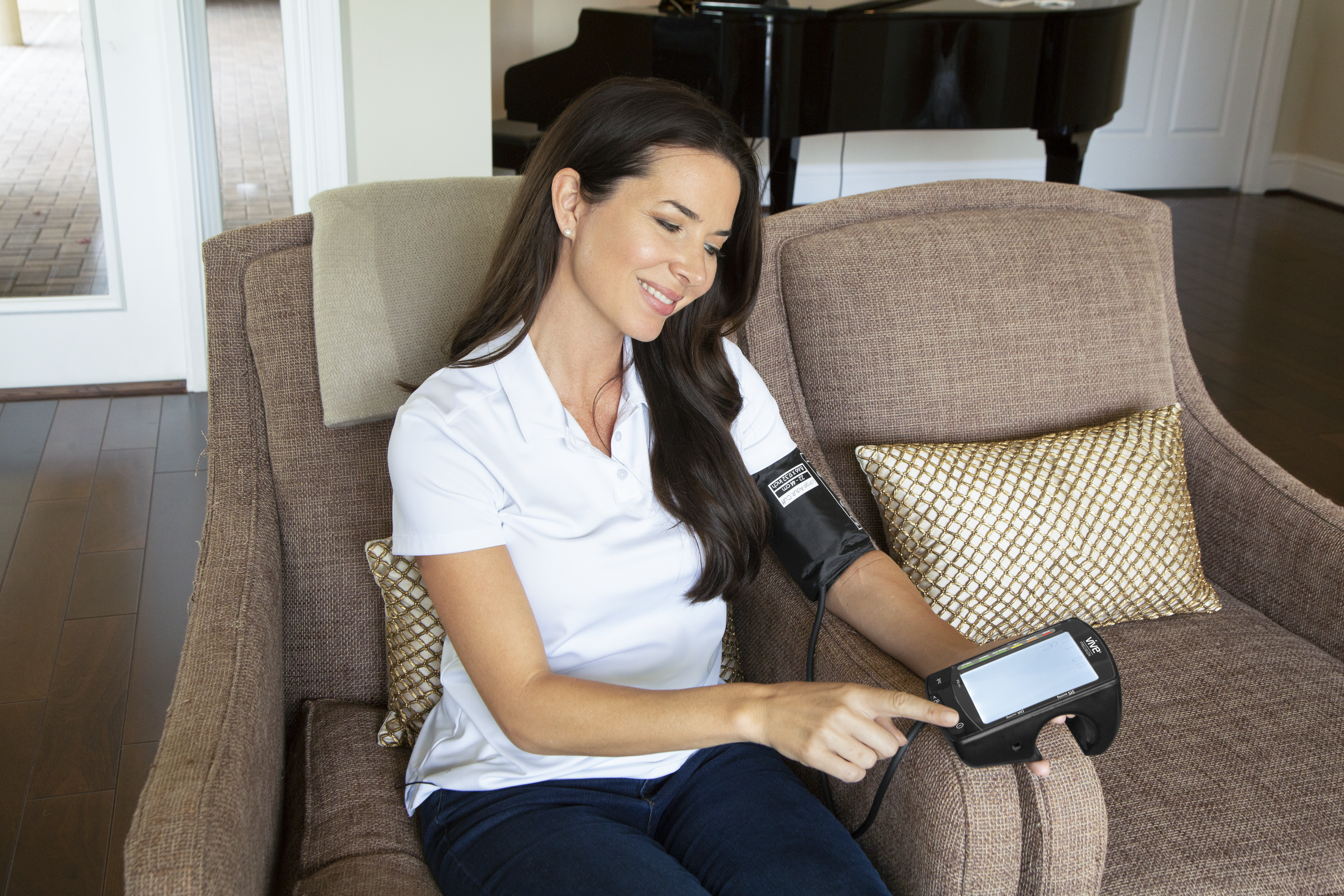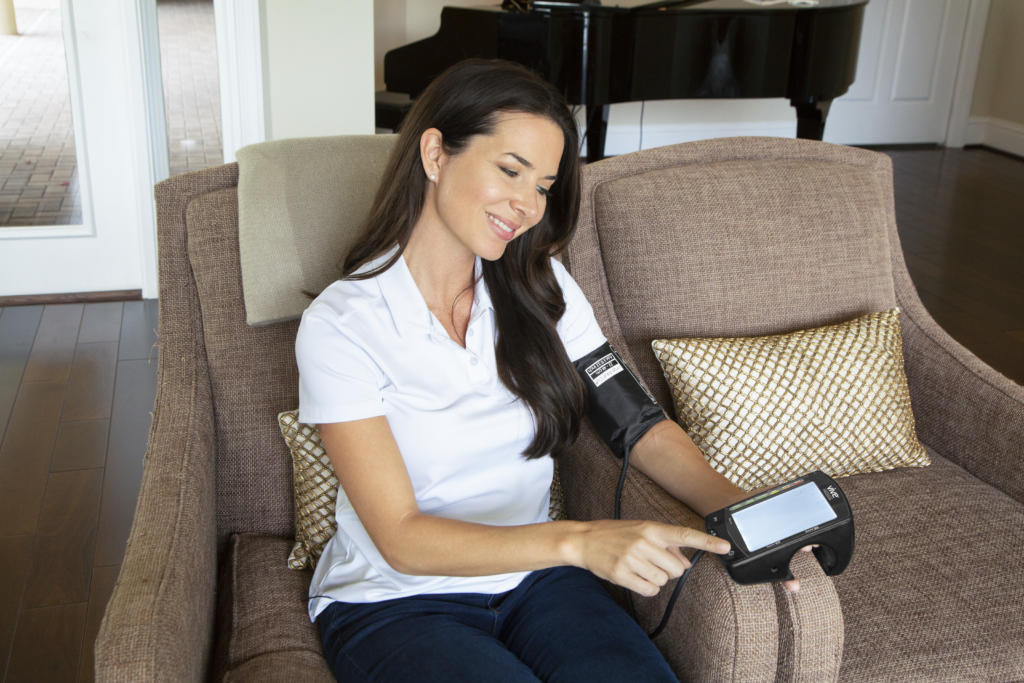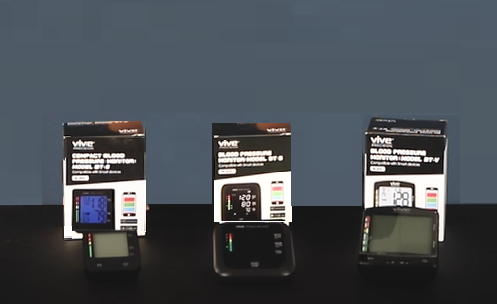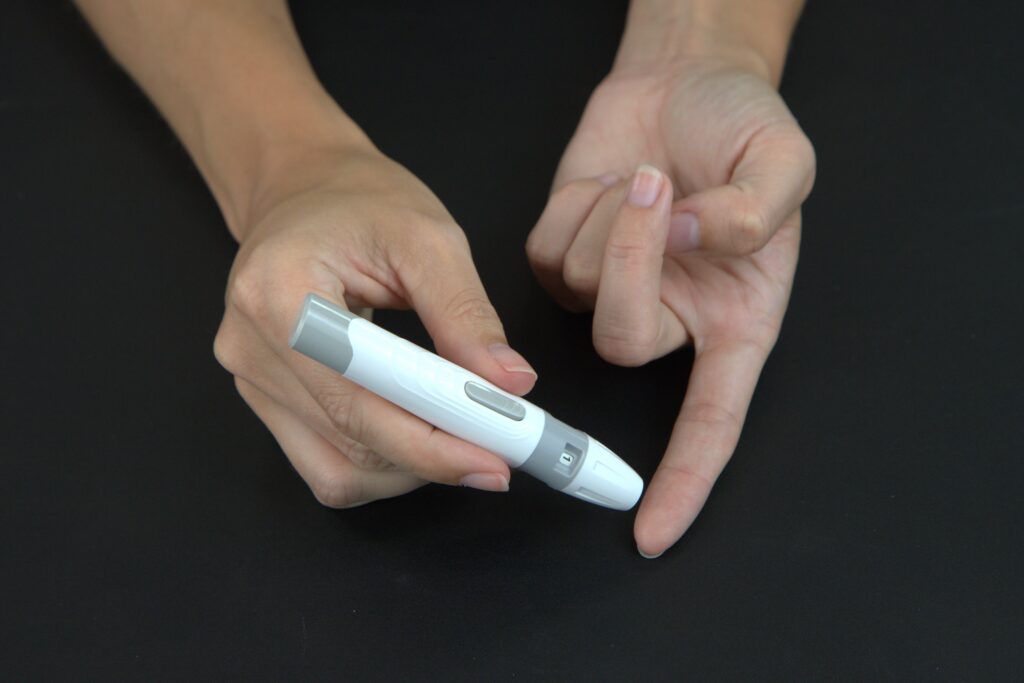Introduction
Remote patient monitoring (RPM) is a healthcare technology that allows healthcare providers to monitor patients’ health status remotely. With RPM, healthcare providers can receive real-time data about their patients’ vital signs, symptoms, and other medical data from anywhere, anytime. This technology has been gaining popularity in recent years due to its numerous benefits for both patients and healthcare providers. In this blog, we will discuss 4 benefits of remote patient monitoring for the provider.

- Improved Patient Outcomes and Reduced Hospitalizations
One of the significant benefits of RPM for healthcare providers is improved patient outcomes. RPM provides healthcare providers with timely access to their patients’ health data, enabling them to identify potential health issues early and take appropriate action to prevent them from getting worse. This proactive approach can help reduce hospitalizations and readmissions, as healthcare providers can intervene early and provide appropriate care to their patients.
RPM has been shown to be effective in managing chronic diseases such as diabetes, heart failure, and COPD. For instance, a study by the Veterans Affairs (VA) healthcare system found that RPM reduced hospitalization rates by 19% and mortality rates by 25% among patients with heart failure. Similarly, another study found that RPM reduced hospitalization rates by 44% and emergency department visits by 64% among patients with COPD.
- Increased Efficiency and Productivity
RPM can also benefit healthcare providers by increasing efficiency and productivity. With RPM, healthcare providers can remotely monitor multiple patients at once, allowing them to manage more patients without compromising the quality of care. This technology can also reduce the need for in-person visits, freeing up healthcare providers’ time to focus on other critical tasks.
RPM can also help healthcare providers streamline their workflows and reduce administrative burdens. For instance, with RPM, healthcare providers can automate the process of collecting and analyzing patient data, eliminating the need for manual data entry and reducing the risk of errors. This can save healthcare providers significant time and improve the accuracy of patient data.
- Improved Patient Engagement and Satisfaction
Another benefit of RPM for healthcare providers is improved patient engagement and satisfaction. RPM provides patients with more control over their health, as they can monitor their health status in real-time and share their data with their healthcare providers. This can help patients feel more engaged in their care and improve their overall satisfaction with the healthcare system.
RPM can also improve communication between patients and healthcare providers. With RPM, patients can communicate with their healthcare providers in real-time, allowing them to address any concerns or questions promptly. This can help improve patient trust and satisfaction, leading to better health outcomes.
- Cost Savings
Finally, RPM can benefit healthcare providers by reducing healthcare costs. RPM can help healthcare providers avoid costly hospitalizations and readmissions by identifying potential health issues early and providing appropriate care to patients. This proactive approach can also help reduce the overall cost of care for chronic diseases, as healthcare providers can intervene early and prevent the disease from progressing.
RPM can also help reduce the cost of in-person visits. With RPM, healthcare providers can remotely monitor patients and intervene early, reducing the need for frequent in-person visits. This can help save patients time and money and reduce the overall cost of care.
Conclusion
Remote patient monitoring is a healthcare technology that can benefit healthcare providers in several ways. RPM can improve patient outcomes and reduce hospitalizations, increase efficiency and productivity, improve patient engagement and satisfaction, and reduce healthcare costs. As RPM technology continues to evolve, it is likely to become an essential tool for healthcare providers, enabling them to provide better care to their patients and improve the overall quality of healthcare.
Read our last blog on the Financial Implications of Remote Patient Monitoring here.










